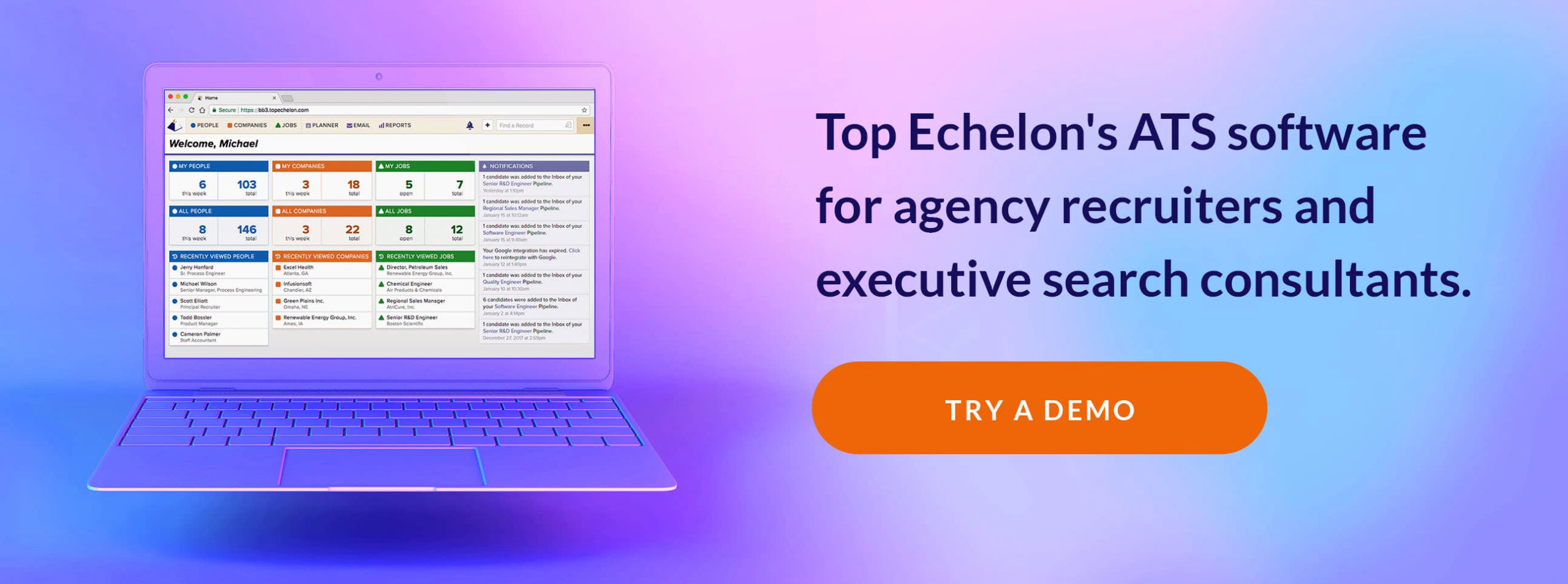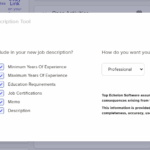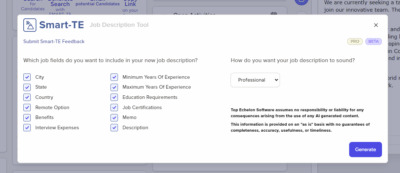Before a client comes to you, they should have created a staffing model that tells them what positions they need and when.
But, some clients might need help creating their staffing model. You can add this assistance as an extra service.
Find out how to help your clients create a staffing model and work within their model.
What is a staffing model?
Staffing models are tools your client’s hiring department can use to determine how many employees they need and when they need them.
When a client makes a staffing model, they will consider ways to increase productivity, cut costs, and increase revenue. They will analyze what employee skills already exist at the business and what skills are still needed. They can compare how many employees they have to what they actually need. Your client will also look at peak business periods and determine seasonal staffing needs.
The staffing model lets your client make strategic hiring decisions and start the placement process before they need more employees.
How recruiters can use staffing models
You can use your client’s staffing models to create more business for yourself. Ask your client to share their staffing model with you to learn about their hiring needs. Then, you can continually pitch your services to the client. You might reach out to clients when you know they have a big hiring spree coming up.
Having your client’s staffing model can also help you find candidates more effectively. You will know exactly what skills your client is looking for. You can also better find and place candidates that the client will retain, reducing turnover.
How to build a staffing model
You need to know how to build a staffing model if you add it as an extra service at your recruiting agency. You will essentially act as a consultant and help your client assess their staffing needs. You may create the final model based on the information the client helps you gather.
First, you will do a staffing needs assessment to evaluate what the client’s ideal staff would look like. If every position were filled and every skill was met, who would be working there? You and your client should look at seasonal trends. Determine when they might need temporary staff to fill gaps. Also, identify positions that have high turnover rates and try to calculate how often these positions need to be refilled.
After you know the baseline of what the company should have, take a look at what workers the client actually has. Then, identify gaps between the ideal and actual workforces. See if any critical needs must be immediately met.
You will also want to forecast future needs. If the business is growing or adjusting, try to predict what future staff additions might be needed.
Your client should determine a hiring budget. This budget will help them decide how much they can spend on recruiting and employee wages. If the budget doesn’t cover all the needed positions, the client can prioritize which positions are most necessary.
After you record all this information in the staffing model, you can work with your client to develop a recruitment plan.
Types of staffing models
As you and the client develop the staffing model, you should consider the different staffing models and identify which positions will be filled with permanent employees and which will be filled by temporary employees.
Permanent staffing models
Your client might choose to fill some or all of the positions with full-time employees. These workers are direct hires. The employees will work for the client, and the client will handle all employee paperwork and recordkeeping. A permanent staffing model is good for filling key positions that will likely not change or be eliminated.
Flexible staffing models
Flexible staffing models let your client easily adjust the size of their workforce based on seasonal needs and turnover. Your client can quickly meet staffing needs. And, flexible staffing models reduce their financial risks. Your client isn’t left with a workforce that’s too large after a seasonal wind-down.
You will need to offer contract staffing services to work with flexible staffing models. The candidate will work for the client, but you will handle the back office operations.
Contract employees
Contract employees fill short-term needs. Your client might hire them to cover seasonal changes, work on a temporary project, or cover another employee while they are on a leave of absence.
Contract employees have a set contract that states their start and end dates of employment. After the end date, the employee and client will part ways.
Contract-to-hire
A contract-to-hire employee is somewhere between a contract and full-time employee.
Sometimes, a client will like a contract candidate and want to hire them permanently. In this case, a contract-to-hire conversion will take place.
A client might hire a candidate with the intention of contract-to-hire conversion. The employee will start out as a contract worker but will later convert into a permanent placement if the client likes them. This gives the client and employee a chance to test each other out.









